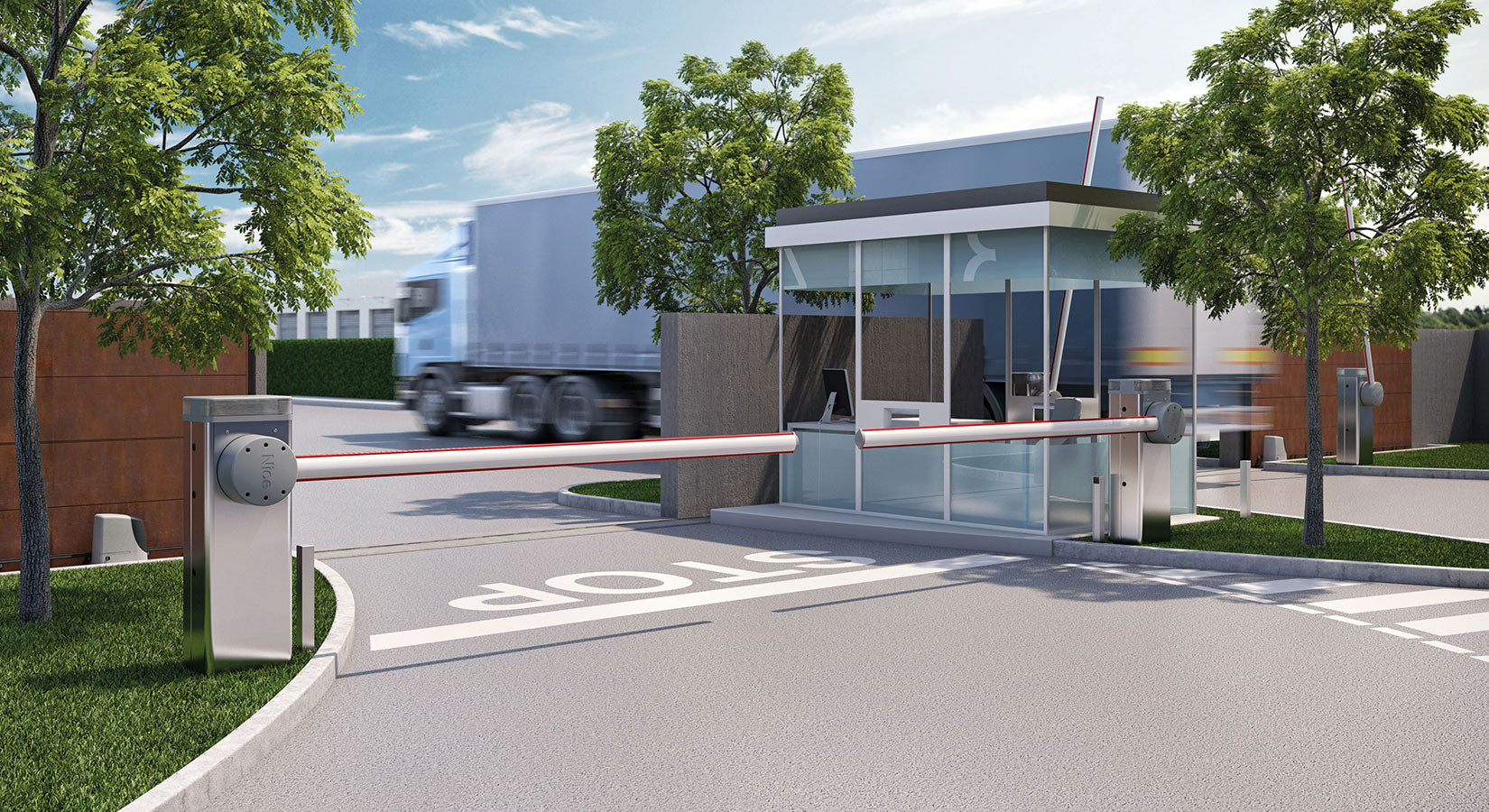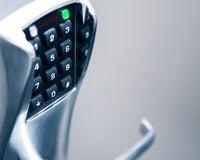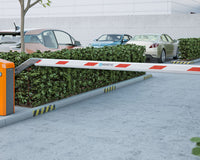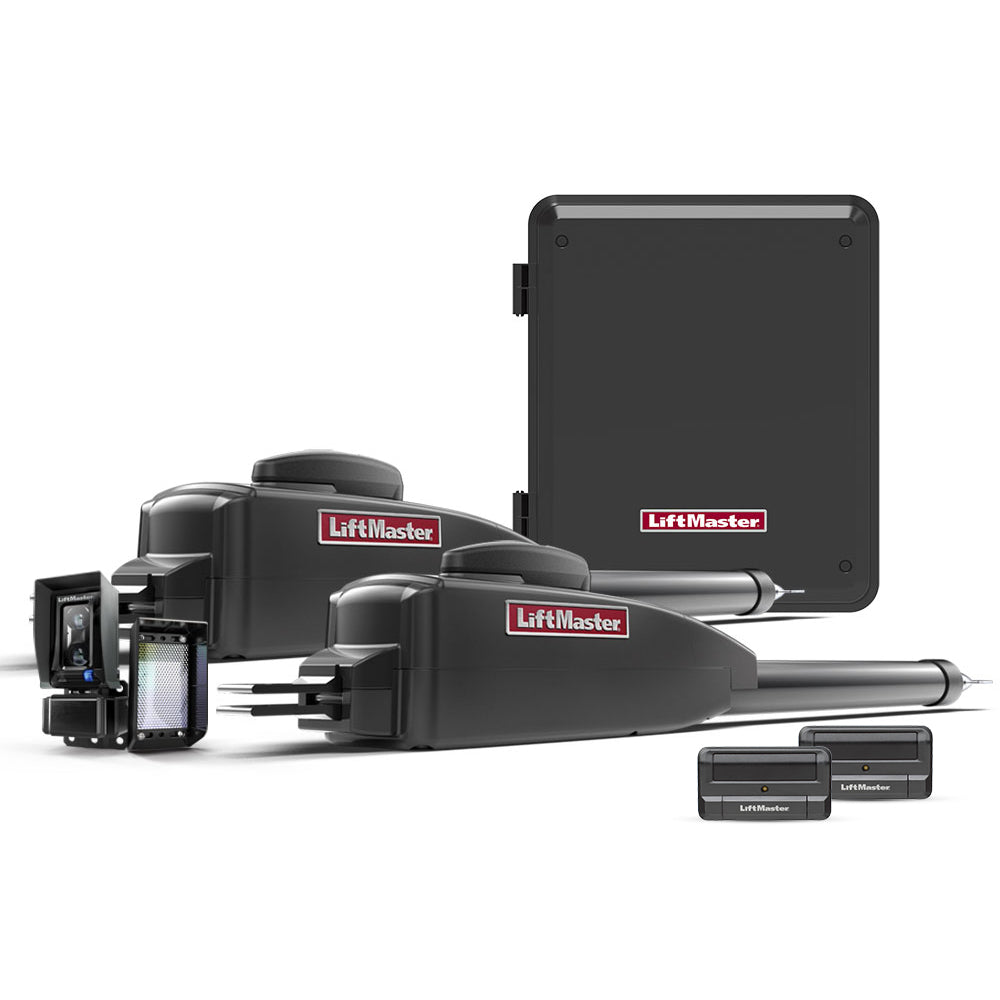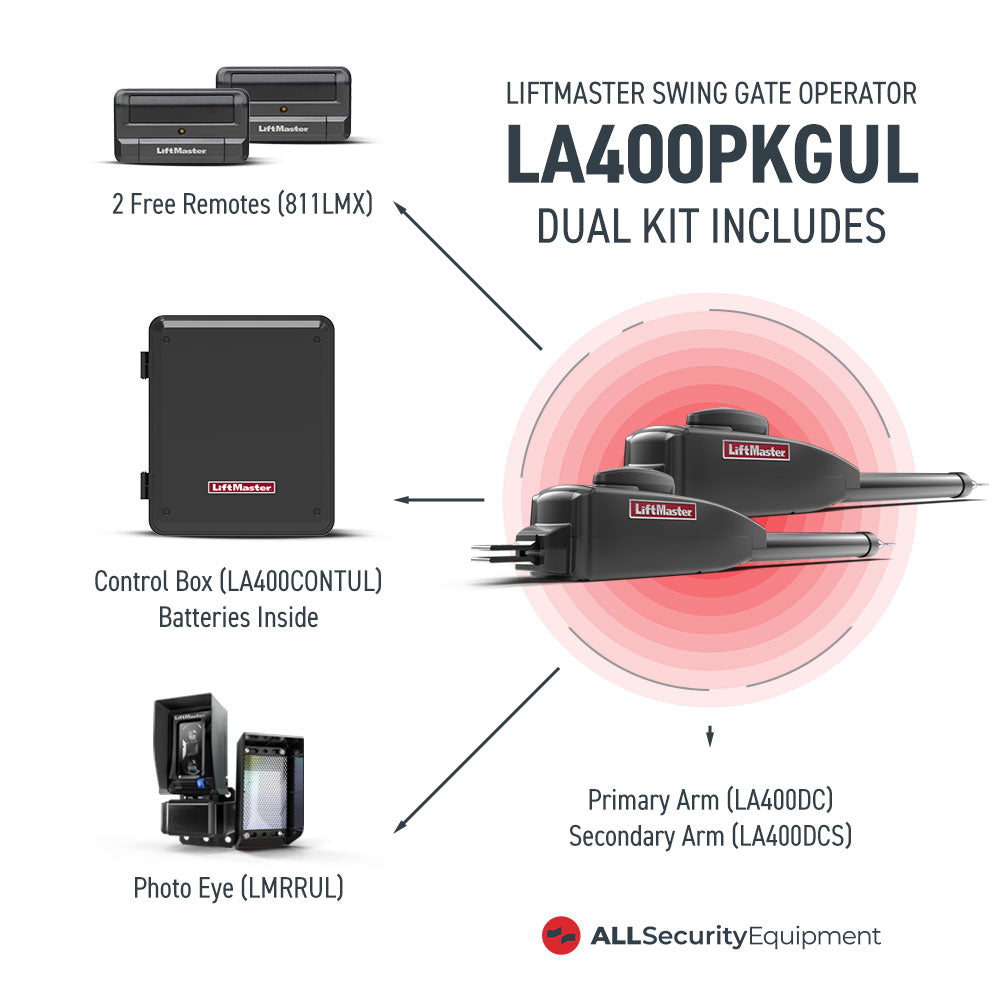A 'barrier' can be something that blocks one from going forward or backwards on their intended path. Barriers may impede someone from entering onto an off-limit area for various reasons such as safety concerns or trespassing laws. Parking barriers gates or parking lot gate systems, which include barrier arms and/or bollards, are used to control the flow of traffic in and out of a parking garage/area. They can be either manually operated with mechanical assistance options available for later models, or fully automated to open automatically when proper clearance is detected. But, how exactly do they work?
Parking barrier gate systems leverage a bar to block the entry or exit of vehicles. The pole hangs to one endpoint at the gate with a vertical boom at the furthest end. The tip of the barrier arm ascends and descends using a geared motor to allow seamless entry or exit access. The horizontal barrier is countertop-weighted to allow distribution of weight for added support. The barrier gates employ initiatory loops so that it doesn't lower when the vehicle is present or passing on the passage area.
Once the car passes, the barrier arm automatically reverts to its closed position. When required to stop moving vehicles, they typically lower from the overhead position into either a fully or semi-horizontal position that keeps them directly in front of the vehicle's path before opening again for normal movement once clear of any obstruction.
Types of Parking Barrier Gates
There are various types of parking barrier gates, but the basic principle remains the same: secure and controlled access. The common types of parking barrier gates are:
1. Manned Parking Barrier Gates
Manned parking barrier gates are not automated but instead use a gate operator to control access. The gate operator can either manually open the barrier gate or push a button to open upon verification that a vehicle is allowed to enter. In simple terms, some credentials must be presented to the gate operator to authorize opening, and entry or exit of a vehicle. However, manned barrier gates have some pitfalls, such as the high cost of employing operators, vulnerability to human error, and slow traffic control.
2. Pressure Activated Only
These barriers use a pressure detector that activates the barrier as soon as it detects a pressure change causing the gate to open automatically. These sensors detect changes in weight/pressure on a particular area of the ground covered with a control mat either in the back or front of the gates. Resultantly, the barrier arm opens when the trigger limit for weight is reached. The biggest benefit of pressure-activated barrier gates is that they automatically open and close, facilitating convenient entry/exit of traffic.The pressure sensors also ensure the barrier arm doesn't slam on the vehicle or person standing or walking near the barrier gate.
3. Ticket Activated Parking Barrier Gates
This is the most commonly used form of parking barrier gates. These barrier gates are usually placed at the entry and exit of paid parking lots and are fitted with ticket dispensers. They function by requiring a ticket to be inserted and validated before it can be opened, allowing entry or exit from a car park. The machine then 'locks' the barrier preventing any other cars from going through until your ticket is 'unlocked'.
What's more, they are integrated with an automated license plate detection system, vehicle classifier, and timing system to impose different parking charges based on the time spent parking. They can also be installed on toll roads where a ticket is used to activate the barrier gate.
4. Manual Barriers Gate System
Parking areas located in public spaces that usually require regular use and movement of vehicles are best served by manual barriers gate systems. Here, there's no need for power cables or batteries that may lead to faults like low battery performance, which can cause inconveniences.
5. Laser, Microwave, IR Activated
These Parking Barrier Gates utilize beams(Laser, Microwave, IR) to recognize when a vehicle is present, triggering the barrier to rise once the car has passed. The device emits an invisible beam for this purpose that's reflected by the vehicle when it crosses it. When there's no vehicle within range of detection, the beam is undisturbed. However, when a vehicle enters into its field of vision, the beam will be broken, and the controller receives a signal through this interruption which triggers release activity in response to crossing vehicles. Note that this technology does not work on small animals or pedestrians due to their comparative difference in size and weight.
Benefits of a Parking Barrier Gate
While barrier gates sometimes seem like they're only there to inconvenience people, they do play an essential role in ensuring the safety and security of a facility. Some of the benefits include:
1. Enhanced Parking Security
Parking barrier gates create a safer parking space by preventing vandalism and break-ins, which are pretty common in public parking spaces. The use of barrier gates that only open up upon request provides extra security for those who park in lots where crime is common; limiting access to these areas ensures that robbers will not escape as easily.
2. Prevent Unauthorized Parking
Turning up to work and not finding a parking space in your work car park due to unauthorized parking can be pretty frustrating. An automatic parking barrier can prevent unauthorized parking, ensuring only authorized persons are allowed to park. This ensures that everyone who works for the company gets a parking spot and enhances security in the parking premises.
3. Prevent Car Park Overfilling
Parking barriers can prevent a car park from overfilling, primarily due to unauthorized parking. Some automated parking barriers are fitted with an automated license plate detection system that calculates how many cars are in the car park.
When the car park is full, the barrier turns into a one-out, one-in process and only allows in additional cars if there's space. By preventing overfilling, parking barriers make parking lots safe, especially in emergencies. For instance, a fire engine cannot access an overfilled parking lot in the event of a fire.
4. Enhances Traffic Control
Parking barriers at the entry and exit of parking lots facilitate smooth traffic flow in and out of the parking lot. Besides, ticket-activated parking barriers automate the processes of collecting parking fees, ensuring minimal delays at the exit points. Additionally, solid steel barriers direct traffic properly by allowing only one lane of cars into an area at a time rather than having vehicles try to merge together.
5. Portable Solution
Barrier gates can be installed virtually anywhere and are built using strong steel materials, making them durable and long-lasting parts for any parking lot gate installation project.
6. Enhanced Image / Professionalism
Further, a barrier gate provides an image of professionalism for your company which enhances its image in front of customers and clients since it will make them feel more safe, allowing only authorized access on private parking lots.
Downsides of Parking Barrier Gate
While parking barrier gates have plenty of benefits, they have some downsides too. Some of the downsides of parking barrier gate include:
- Parking barrier gates are pretty expensive to install and maintain. There are also additional costs associated with repairs if the device fails or stops working
- An power outage, an electrical failure, or breakdown in the internal components can greatly inconvenience users
Areas of Application
Parking barrier gates have a wide range of use cases in various industries. These barrier gates ensure only authorized vehicles and persons are allowed past a particular point in premises where access is restricted. Some of the areas where parking barrier gates are used include:
- Public utilities
- Commercial spaces such as malls, supermarkets, etc.
- Airports and seaports
- Military bases and borders stations
- Industrial/commercial factories
- Learning institutions
- Railroad crossing, depots, and train yards
- Transportation terminals and municipal terminals
- Water treatment and chemical plants
Parking barrier gates are also used in certain residential settings, such as the entrance to private neighborhoods and posh estates, to restrict access to residents, their family members and guests, while keeping out burglars, vandals, and loiterers.
How Much Do Parking Barrier Gates Cost?
Pricing ranges for barrier gates vary depending on the type of system you require, as well as additional features you may need. For instance, our most basic parking barrier gate is very affordable, starting from $1,245.00
Closing Words
Whether in commercial spaces, office premises, or residential buildings, parking barrier gates are vital for guarding and securing parking lots. Barrier gates can be used to improve parking security, prevent unauthorized parking and enhance traffic control in a way that only authorized vehicles are allowed to pass through the barrier. There are different types of parking barrier gates customized to fit different use cases, so be sure to pick the one that best suits your needs. At All Security Equipment, we offer a wide range of parking barrier gates to secure your parking, so get in touch with us today to know more about our products and exclusive deals.

